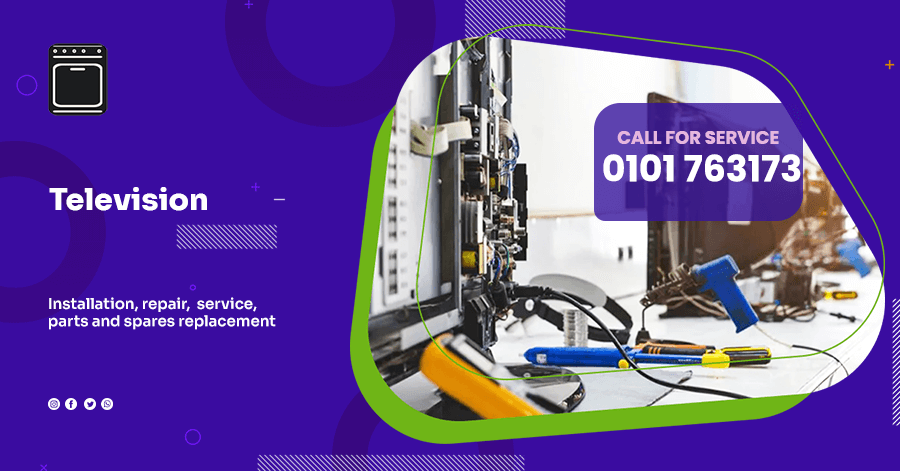Common Causes of TV Internal Cable Disconnection and Our Solutions
Television internal cable disconnections represent one of the most frustrating yet surprisingly common issues that can affect your viewing experience. When internal cables become loose or disconnected, symptoms can range from intermittent signal loss and flickering screens to complete picture failure or distorted audio. Understanding the root causes of these problems and implementing effective solutions can save both time and money while extending your television’s lifespan.
Physical Stress and Movement
The most prevalent cause of internal cable disconnection stems from physical stress placed on the television unit. Modern flat-screen TVs, while lighter than their predecessors, still require careful handling during installation and repositioning. When televisions are moved frequently, mounted improperly, or subjected to vibrations from nearby speakers or heavy foot traffic, the delicate internal connections can gradually loosen.
Wall-mounted televisions face particular vulnerability when the mounting hardware becomes loose over time. The constant pull of gravity, combined with minor building movements and temperature fluctuations, can create micro-movements that stress internal cable connections. Similarly, televisions placed on unstable furniture or in high-traffic areas experience repeated minor impacts that accumulate over months or years.
Our solution involves implementing proper mounting techniques using appropriately rated hardware and ensuring televisions remain in stable positions. When professional installation isn’t feasible, we recommend checking mounting stability every six months and avoiding frequent repositioning of the unit.
Temperature Fluctuations and Thermal Expansion
Electronic components expand and contract with temperature changes, and television internal cables are no exception to this physical principle. Televisions generate significant heat during operation, particularly around processing units and backlighting systems. This heat creates expansion in metal connectors and plastic housings, while cooling periods cause contraction.
Over numerous heating and cooling cycles, these thermal movements can cause connectors to work loose from their sockets. The problem becomes more pronounced in environments with dramatic temperature swings, such as rooms with inadequate climate control or televisions placed near heating vents, fireplaces, or windows receiving direct sunlight.
We address thermal expansion issues by ensuring adequate ventilation around television units and maintaining consistent room temperatures when possible. Installing televisions away from direct heat sources and providing proper clearance for air circulation significantly reduces thermal stress on internal components.
Manufacturing Tolerances and Quality Variations
Not all internal cable connections are created equal, and manufacturing processes can introduce variations in connector quality and assembly precision. Some connectors may be installed with insufficient pressure during factory assembly, while others might use materials that don’t maintain proper tension over time.
Budget television models sometimes employ cost-saving measures in internal construction that can compromise long-term connection reliability. Connectors made from lower-grade materials or designed with minimal safety margins may fail prematurely under normal operating conditions.
Our approach to manufacturing-related issues involves identifying problematic connection points during service calls and upgrading them with higher-quality connectors when feasible. We also provide guidance on selecting television models from manufacturers with superior build quality and reliability records.
Age-Related Deterioration
As televisions age, various factors contribute to connection degradation. Oxidation affects metal contacts, reducing conductivity and creating intermittent connections. Plastic components become brittle and may crack, while flexible cables lose elasticity and proper seating characteristics.
Dust accumulation inside television cases can interfere with proper connector seating and create conductive paths that cause signal interference. Additionally, the repeated thermal cycling over years accelerates the breakdown of materials used in connector construction.
We combat age-related deterioration through preventive maintenance programs that include internal cleaning, connector inspection, and preemptive replacement of aging components before they fail completely.
Vibration and External Interference
External vibrations from nearby subwoofers, washing machines, or construction activities can gradually work internal connections loose. Even vibrations from closing doors forcefully or children playing nearby can accumulate over time to create connection problems.
Additionally, electromagnetic interference from other electronic devices can mask connection problems or create symptoms that mimic loose cables, making diagnosis more challenging.
Our solution strategy includes identifying and minimizing vibration sources, relocating televisions away from interference-generating devices, and implementing vibration-dampening measures when necessary.
Comprehensive Solutions
Addressing internal cable disconnection requires a systematic approach combining immediate repairs with long-term prevention strategies. Professional diagnosis can distinguish between actual loose connections and other issues that present similar symptoms. Proper repair techniques ensure connections remain secure while preventive measures reduce the likelihood of future problems.
Regular maintenance, appropriate installation practices, and environmental controls form the foundation of our comprehensive solution approach, ultimately providing reliable television performance and extended equipment lifespan.
